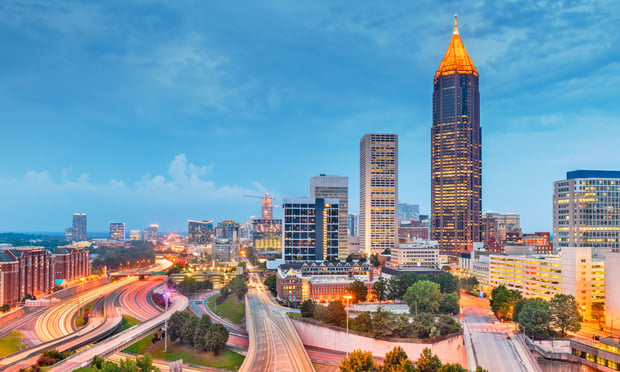ATLANTA—Cities and states that hope to attract E-commerce fulfillment center development had better come armed with a laundry list of assets to attract online retailers. These include access to a large labor pool, proper infrastructure, proximity to trucking hubs, incentives and no taxes on e-commerce. These were some of the issues discussed by commercial real estate developers during a session debating the “Investor's Guide to the E-Commerce Galaxy” at NAIOP's E.CON.
Panelists agreed that e-commerce is having a transformational effect on real estate. The said e-commerce centers generally cost more to construct, and it can be challenging to build a facility specifically for e-commerce.
“We have constructed 20 million square feet since 2011, mostly spec, with some build-to-suit,” says Dayton Conklin, director, Clarion Partners. “The lion's share is for e-commerce. We are being pushed to build better and higher quality buildings with more parking and better slabs, you name it. Spec improvements are being driven by the users.”
Recommended For You
Want to continue reading?
Become a Free ALM Digital Reader.
Once you are an ALM Digital Member, you’ll receive:
- Breaking commercial real estate news and analysis, on-site and via our newsletters and custom alerts
- Educational webcasts, white papers, and ebooks from industry thought leaders
- Critical coverage of the property casualty insurance and financial advisory markets on our other ALM sites, PropertyCasualty360 and ThinkAdvisor
Already have an account? Sign In Now
*May exclude premium content© 2025 ALM Global, LLC, All Rights Reserved. Request academic re-use from www.copyright.com. All other uses, submit a request to [email protected]. For more information visit Asset & Logo Licensing.








